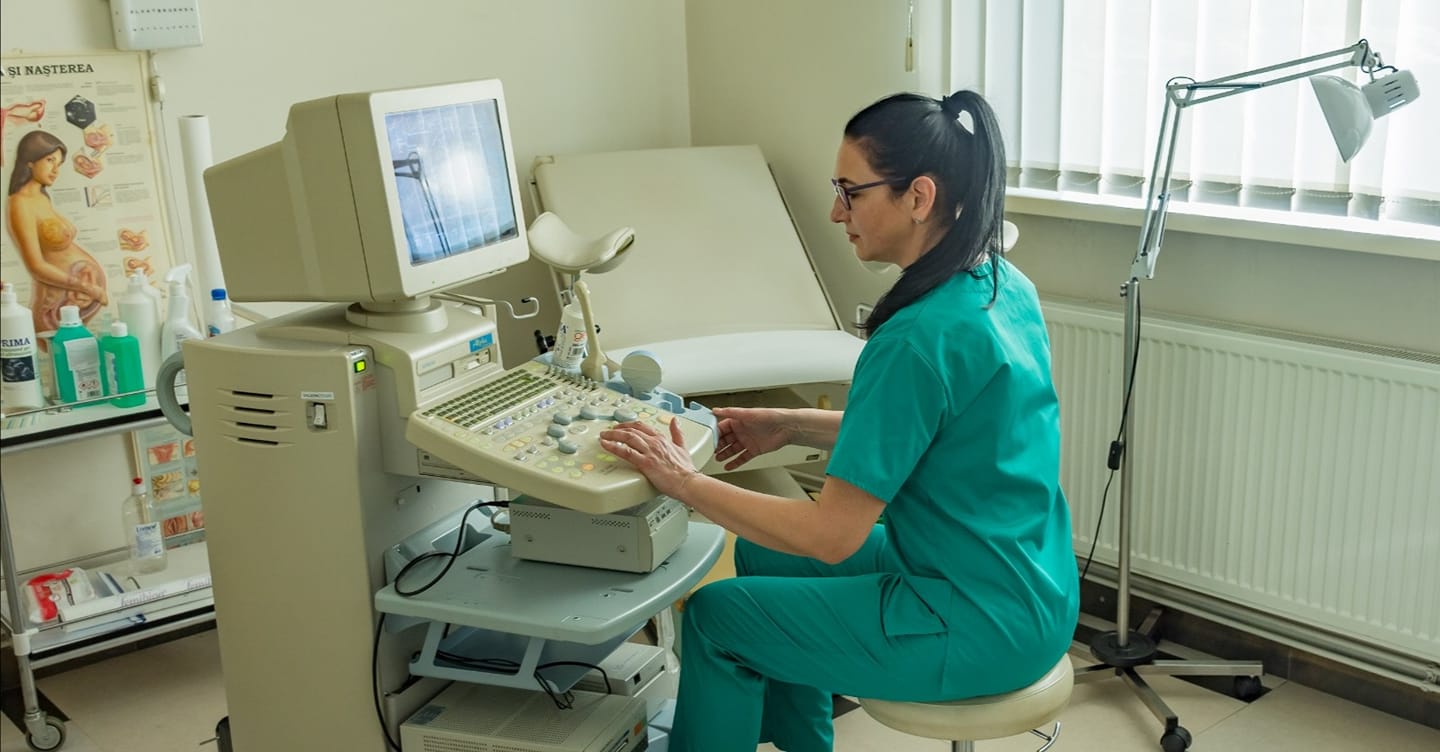Routine tests and investigations are often life-saving. Serious diseases can be detected early, the chances of recovery increase, and the costs – both for the patient and for the healthcare system – are lower than those of the treatment itself. Dr. Cristiana Dobrescu, obstetrics-gynecology specialist at Tunic BioLab, who also offers online consultations on the Digital Clinics platform, explained to us, in an interview, the importance of investigations in the gynecological field.
Why are routine tests and investigations important in preventing serious gynecological diseases?
Tests and investigations in gynecology are important to prevent the occurrence of gynecological conditions that, discovered in time, can be treated. Through the Babe? Papanicolau test (in liquid or conventional medium) we can identify preinvasive lesions of the lower genital tract, or cervical cancer - which is the second type of cancer - according to statistics - that affects women in Romania, after breast cancer. It can be identified by cytology and discovered at an early stage when its treatment can be achieved (early stages up to IIA are treatable with minimal relapses in the short term).
Another investigation that can be done in any gynecological office is ultrasound. This investigation can diagnose various pathologies for which patients do not present symptoms at the time of presentation to the doctor: such as leiomyomas, adenomyosis, cysts both functional and those of increased size (over 6 cm which have an increased risk of torsion)
In postmenopause, ultrasound can measure the thickness of the endometrium to diagnose endometrial hyperplasia early. A thickness over 4-5 cm with an irregular appearance requires a biopsy. And let's not forget the simple examination with a speculum in which we can inspect the vulva, vagina and exocolposus, and through vaginal examination we can determine the position of the uterus, various formations that modify the external contour of the uterus (leiomyomas) or formations that become palpable in the area of the appendages (ovarian cysts).
If we also refer to the costs involved in prevention (through annual analyzes and investigations), these are much lower for both the patient and the healthcare system. It is much easier to prevent than to treat.
What are the most common problems that your patients present with?
The most common symptoms that patients present with are lower genital tract conditions. Among these, we can specify abundant vaginal discharge that presents a change in odor and color, which requires sampling and specific treatment according to the results.
Another common pathology in gynecological offices is represented by abnormal uterine bleeding (metrorrhagia or menometrorrhagia). It affects between 10% and 30% of women of reproductive age and 50% of postmenopausal women. Uterine bleeding is uncommon in prepubertal girls (when it may indicate precocious puberty, accidental estrogen ingestion, or ovarian malignancy) and in menopausal women (which may indicate either mucosal atrophy, endometrial polyps, or endometrial cancer).
In reproductive age, uterine bleeding can have a multitude of factors: endocrinopathies, medications (hypothalamic depressants), organic lesions (pregnancy, abortion, polyp, leiomyoma, adenomyosis, cancer), coagulopathies, ovulatory dysfunction.
Statistics show that the COVID-19 pandemic has also had a negative effect on the health of patients with chronic diseases (many conditions have worsened, others have not been diagnosed). What investigations do you recommend for a "screening" of the reproductive system?
The best-known screening in the gynecological sphere is for cervical cancer. This is done by performing the Babe? Papanicolau test starting from the age of 21 to 65 years (when it stops if there have been at least 3 negative results in the antecedents).
This is done every 2 years until the age of 30, after which it is done every 3 years if the patient has had 3 consecutive negative results in cytology.
Another screening test is for breast cancer. It can be done by annual mammography starting at age 40 or by magnetic resonance imaging, with or without contrast agent, among women at high genetic risk (BRCA1, BRCA2), who develop breast cancer at a rate of 2% / year, between the ages of 25 and 50, when the sensitivity of mammography is reduced due to the density of breast tissue.
Breast ultrasound, although indicated as an annual screening method until the age of 40, is a time-consuming method and depends greatly on the accuracy of the examiner.
Clinical screening examination should not be neglected either - up to 74% of breast cancers are diagnosed this way. It is recommended to perform clinical breast examination as part of the routine periodic evaluation for women over the age of 19 (sensitivity and specificity were higher for clinical examination than for mammography among young women).
How does telemedicine help you? What are the advantages?
Telemedicine has certain advantages, it emerged during the pandemic to help patients who needed medical advice, due to the decrease in interactions between doctor and patient. In gynecology, it is difficult to have a consultation without the physical presence of the patient because we can very easily overlook serious conditions that cannot be diagnosed through online consultation.
For what types of conditions (or monitoring of conditions, respectively interpretation of tests) is an online consultation useful?
Telemedicine can be performed in this specialty to interpret analyzes and to provide treatment based on them as well as to guide the patient to perform certain investigations. It may become necessary when the patient cannot travel to the doctor, and the gynecological symptomatology is very pronounced and requires immediate treatment.






